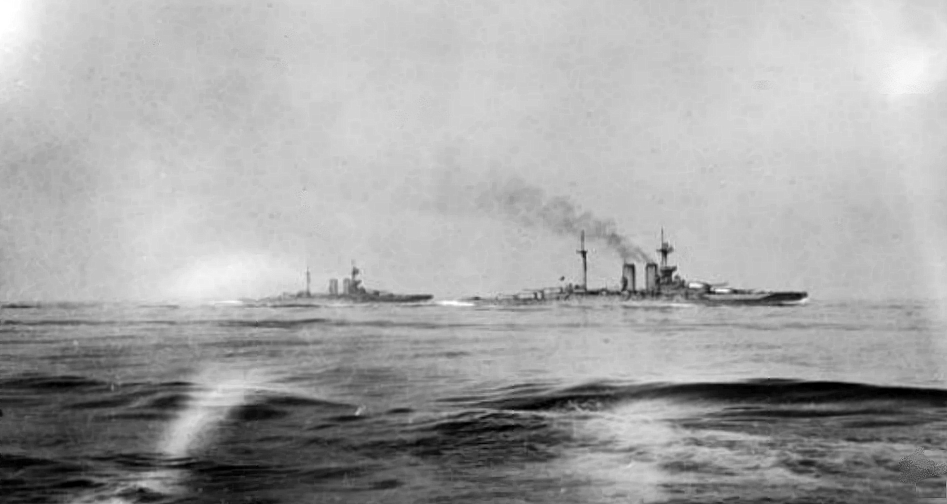Lt Cdr Henry Crawford MacDonald DSC, known to all as Harry. He was born to Donald Macdonald and Mary Sim Crawford, one of three children. Harry married Olive Darling and they had one child.
He was a Naval Cadet for the Royal Naval College, Osborne, from September 1908.

He served in Warspite at the Battle of Jutland in May 1916 and then spent time on submarines.
He was serving in Myrtle one of two pairs of ‘Flower’ or Arabis-class sloops from the 1st fleet Mine Sweeping Flotilla which were sent to assist the Baltic States and their fight for independence. The Myrtle worked alongside the Gentian using what was called the Action technique of towing a serrated wire between them to clear a channel. While clearing mines on July 15, 1919 both ships struck mines and sank killing nine sailors in the two blasts which affected both engine rooms. His DSC Citation reads:
“For distinguished services on the occasion of the mining of HMS Myrtle on the 15th July 1919, when he displayed seamanship of a high order.”
After the war he became a pilot and engaged in a series of long distance solo flights in De Havilland Moths. He flew G-EBVX, a single- seater with long-range tanks, on Middle East & Africa tour, reaching Baghdad on 28 April 1928 but damaged in crash caused by hitting a boulder on landing on a beach in the Bay of Sollum in Egypt on 17 May 1928. He walked away unhurt. The records show the wreck “remains abandoned to local Arabs“.
He was killed piloting another Moth (G-EBWV) on a transatlantic attempt from St John’s, Newfoundland attempting to recreate the Lindberg flight and become the first British Pilot to fly the Atlantic solo, despite having relatively little flying hours.
De Havilland records show the aircraft was shipped to Newfoundland from Liverpool arriving 27 September 1928. MacDonald departed Harbour Grace, St Johns, Newfoundland 17 October 1928 and last seen some 7.5 hours later by the steamer Hardenberg at lat 53.29N: long 41.30W – some 600 miles out to sea. He was presumed to have ditched in North Atlantic.
He had been initiated in 1928.